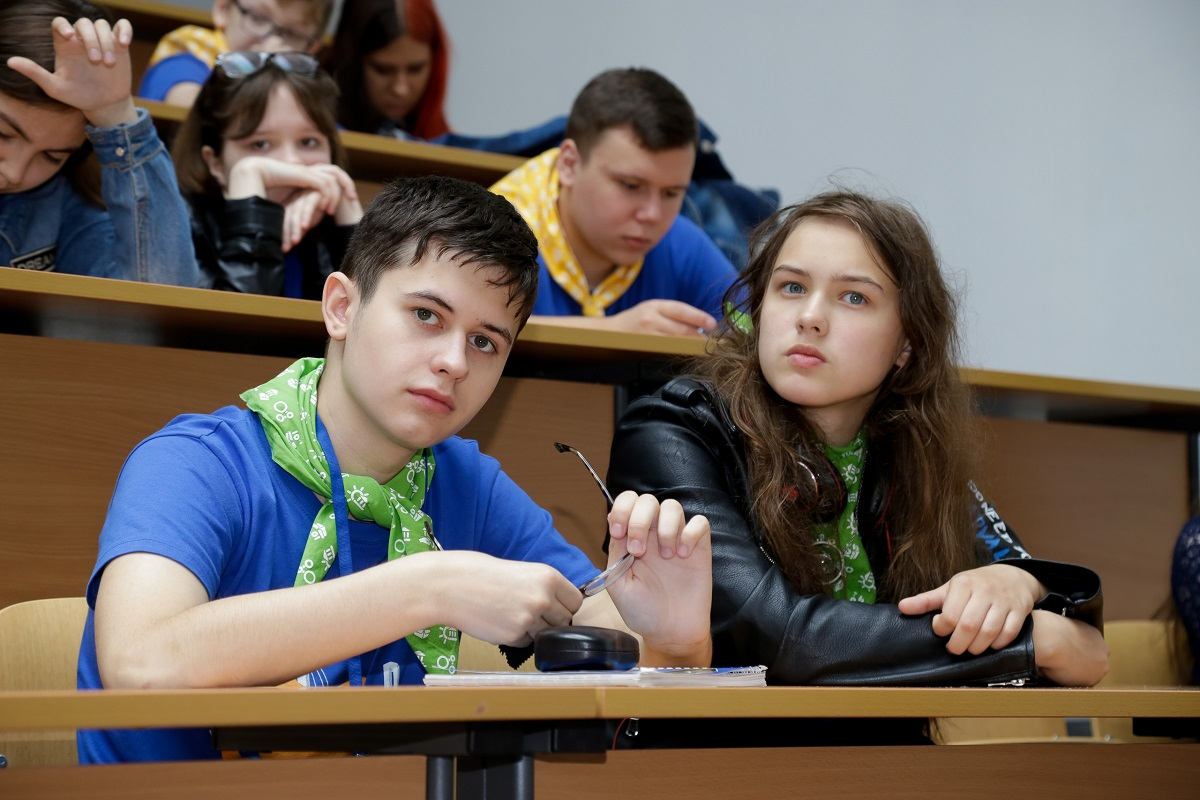Students of the Academic Gymnasium of St Petersburg University have come up with ways to improve 3D printing technology

A team of Russian schoolchildren, including students from the St Petersburg University Academic Gymnasium Mariya Nikulina and Maksim Trofimov found a way to improve 3D printing technology. The young people have developed a method that will increase the productivity of printing by adjusting the diameter of the nozzle - the hole for the plastic to spurt out.
The new technology was created within the framework of the All-Russian Children’s and Youth Forum "Nanograd-2018", organised by the Rusnano School League. Schoolchildren worked on various cases fulfilling the technical and marketing tasks that were provided by major high-tech companies.
One of such cases was developed by PICASO 3D, the leader in the field of production of printers for personal 3D printing in Russia. The students had to find areas where such printers could be used more actively. First, they investigated what the shortcomings 3D printers had and then proposed a solution increasing the speed of printing to enter new markets.
Mariya Nikulina, an eighth grader of the Academic Gymnasium, told us that PICASO 3D printers use FDM technology. It creates three-dimensional objects through a layer-by-layer fusion of a plastic thread. Now the nozzle of the printer, from where the plastic flows, has a fixed diameter (about 0.3 millimeters).
"Such a thin jet allows you to clearly reproduce all the contours of the object, but the speed of printing is quite low. We proposed to make a nozzle with a diaphragm, which can vary the diameter of the hole from 0.3 millimeters to 1.8 millimeters. For example, you can print the front parts with a thin thread, and fill the space inside the product with the help of a thick one. This technological solution will save time, because the thinner the jet of plastic, the longer the printer prints," said Mariya Nikulina.
In addition, the students suggested increasing the productivity of additive production (or printing) using a Peltier element. This is a thermoelectric converter, which can change the temperature due to the direction of the current flow.
"Under the influence of high temperature, the object sticks to the printer, and it is very difficult to tear it off. The Peltier element, which is able to cool down sharply, can become an indispensable platform for the installation of the product," said the eighth grade student of the of the Academic Gymnasium of St Petersburg University Maksim Trofimov.
Interestingly, in addition to technical solutions, the students also developed a marketing strategy for promoting 3D printers on the market. For example, they suggested selling entire 3D polygons to educational institutions.
"We are convinced that we should not only offer printers, but also teach customers how to use them and how to create special benefits. It will be great if school teachers are able to print training models themselves. This will be useful, for example, in biology: schoolchildren will not have just to study drawings of internal organs, but will be able take an examine a plastic copy of the heart from all sides. In engineering classes, you can teach 3D modeling as this skill will definitely become very useful in the near future, " says Mariya Nikulina.

